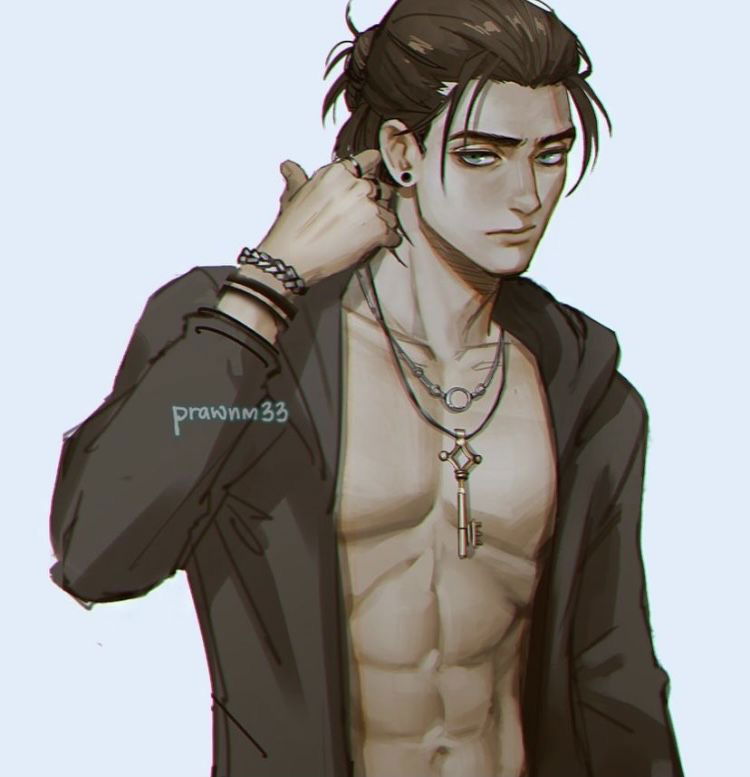At the heart of compelling character design lie archetypes – recognizable patterns of behavior and personality that provide a foundation for storytelling. In anime, these archetypes are often amplified, creating characters that are both familiar and uniquely captivating.
Male Character Archetypes
Male characters in anime often embody a spectrum of heroic ideals and relatable flaws. We see the Shonen Protagonist, typically optimistic, driven by a desire to protect friends, and possessing hidden potential that awakens in times of crisis. Think of Naruto Uzumaki or Monkey D. Luffy – their unwavering spirit and capacity for growth are central to their appeal. Then there's the Tsundere Male, initially cold, aloof, or even antagonistic, but gradually revealing a softer, more caring side to a select few. This dynamic creates compelling romantic tension and character development. The Cool and Aloof Rival is another staple, often possessing superior skills and a detached demeanor, serving as both an obstacle and a catalyst for the protagonist's growth. Characters like Vegeta from Dragon Ball Z or Levi Ackerman from Attack on Titan exemplify this archetype, exuding an aura of competence and mystery.
Furthermore, the Wise Mentor figure, often older and experienced, guides the protagonist with cryptic advice and profound wisdom. Characters like Master Roshi or All Might embody this role, imparting not just combat skills but life lessons. We also encounter the Tragic Anti-Hero, burdened by past trauma or a morally ambiguous code, whose actions, while sometimes questionable, are driven by understandable motivations. Light Yagami from Death Note is a prime example, blurring the lines between hero and villain.
Female Character Archetypes
Female characters in anime are equally diverse, breaking free from simplistic stereotypes and often showcasing remarkable strength, intelligence, and emotional depth. The Shoujo Protagonist often embodies innocence, kindness, and a strong sense of empathy, navigating the complexities of relationships and self-discovery. Sakura Kinomoto from Cardcaptor Sakura is a quintessential example, radiating warmth and courage. The Dandere Female is characterized by extreme shyness and quietness, often struggling to express herself but possessing a deep inner world and a capacity for intense loyalty once she opens up.
The Kuudere Female shares similarities with the Tsundere male, presenting a calm, emotionless exterior that masks a hidden warmth and affection. Rei Ayanami from Neon Genesis Evangelion is a classic example, her enigmatic nature drawing viewers in. The Genki Girl is energetic, cheerful, and often a source of comic relief, bringing vibrancy to any scene. Her enthusiasm can be infectious, driving the plot forward through sheer force of will.
Beyond these, we have the Strong, Independent Woman, who defies traditional gender roles, excelling in combat, leadership, or intellectual pursuits. Motoko Kusanagi from Ghost in the Shell is a prime example of this archetype, a formidable leader and skilled operative. The Damsel in Distress, while less common in modern anime, still appears, often serving to highlight the protective instincts of male characters or to create dramatic stakes. However, even this archetype is frequently subverted, with characters finding ways to rescue themselves or demonstrating unexpected resilience. The nuanced portrayal of male female anime characters allows for a rich exploration of human relationships and personal growth.

